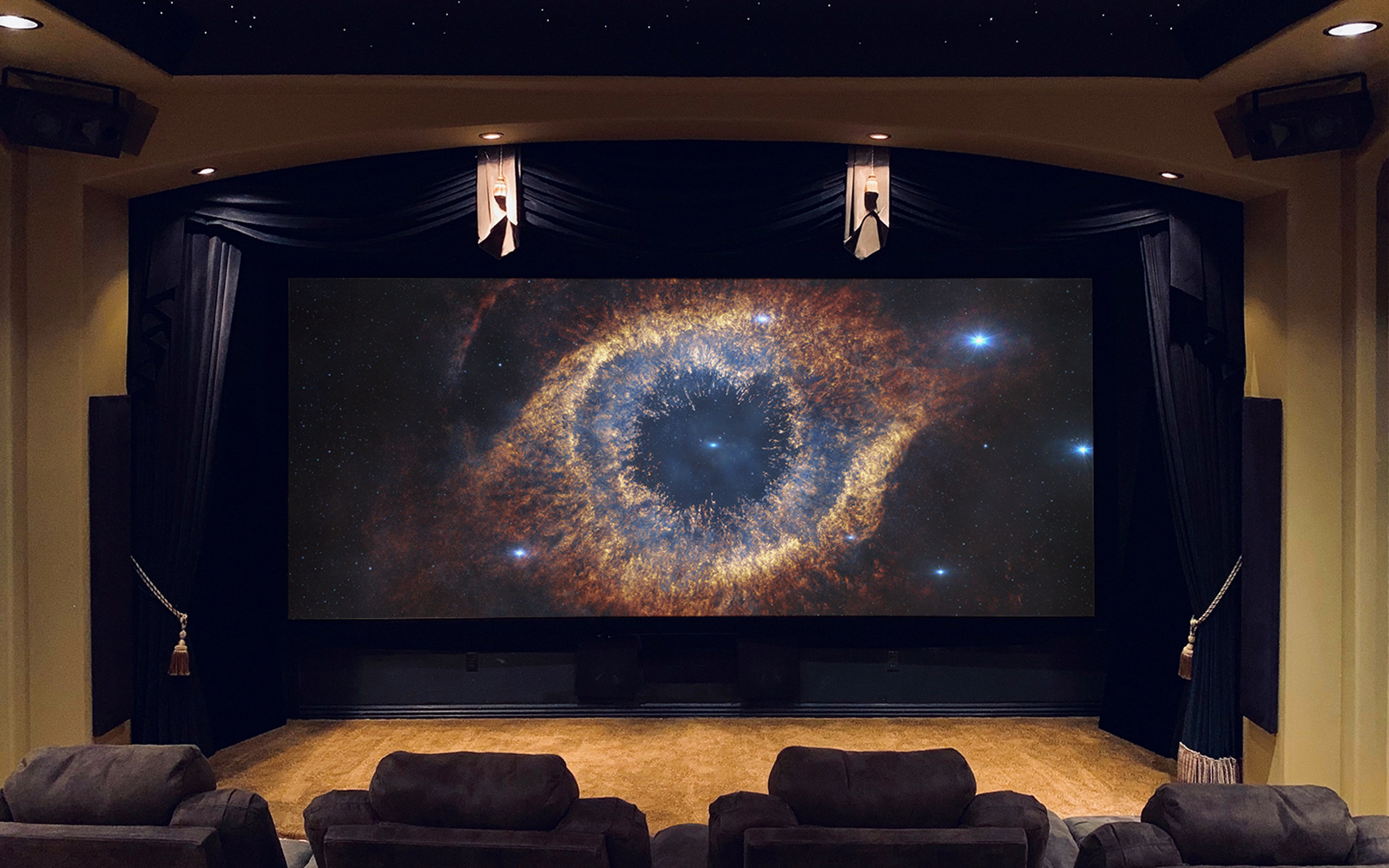Mastering the Essentials of Signal Transmission in AV Equipment for Peak Output
Wiki Article
To comprehend how AV equipment works, it is crucial to understand the principle of signal flow. Signal flow refers to the path that sound and visual transmissions take from their origin to their endpoint. This process begins with input such as microphones and cameras, which collect audio and images. Understanding this procedure is vital for individuals who wants to guarantee maximum performance during presentations, concerts, or various occasion that relies on AV technology.

The first step in signal flow includes input that gather information. For example, a microphone converts audio waves into electric transmissions. Similarly, a camera converts light into visual signals. These components serve as the initial point for any audiovisual setup. Once the data are captured, they must be transmitted to a mixing console or a management system that helps to control the various sources. This device is tasked with adjusting volumes, adding enhancements, and ensuring that the transmissions are clean and distortion-free before they move on to the subsequent stage.
After the mixer, the data must be sent to power amplifiers and processors. Power amplifiers increase the intensity of audio transmissions, making them more powerful and more powerful. On the flip hand, video processing units enhance the integrity of the visual data. These elements are vital for maintaining the integrity of the transmissions as they travel through the setup. Proper boosting and processing guarantee that the audio and visual output are of top quality, which is crucial for spectator engagement and total experience.
The next stage in signal flow is the output stage, where the enhanced signals are delivered to output devices, such as audiovisual performance assessments speakers and projectors. Speakers change electrical transmissions back into audio, allowing the spectators to hear the sound clearly. Visual projectors show visual data on a screen, rendering it available to everyone in the location. The way these output are configured can significantly impact the entire performance of the AV system. For instance, the positioning of sound systems can affect how audio propagates through a room, affecting how well the spectators perceives the audio.
Ultimately, overseeing the signal flow is crucial to ensure all components operates smoothly during an event. Technicians often use oversight equipment to check levels and perform changes in real time. This supervision helps to identify and fix potential problems that may occur, such as feedback in audio or distortion in visuals. original site By gaining mastery over the basics of signal, AV professionals can ensure that each occasion runs seamlessly, providing a superior experience for everyone participating. Grasping this procedure not only enhances technical abilities but also cultivates a deeper understanding for the complex systems that make audiovisual encounters feasible.